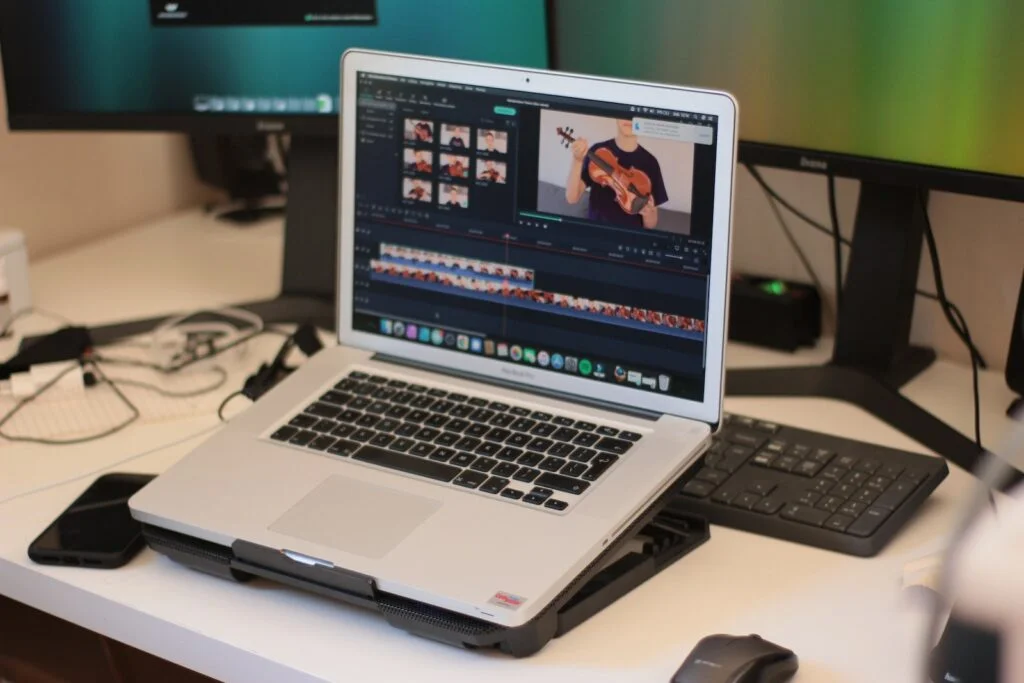Hackintosh: A Low Power Guide to Building the Perfect Setup
Contents
A Hackintosh is a computer that runs macOS on non-Apple hardware. Building a Hackintosh can be a great way to get the power and features of a Mac at a lower cost, but it can also be a bit tricky.
In this guide, we will be focusing on building a low-power Hackintosh that can run 24/7 and connect through VNC. By following this guide, you will be able to build a stable and efficient Hackintosh that consumes minimal power while providing optimal performance.
Step 1: Gather the necessary components
Before you start building your Hackintosh, you will need to gather the necessary components. The components that we used for this build are:
- MB MSI H310M-PRO VDH Plus (Check the top Hackintosh Motherboards)
- 16 GB DDR4 3200 Mhz @ 2666 Mhz, 2x8GB Patriot modules
- CPU Core i5 8400T
- Stock cooler from 10/11th gen with copper base
- PSU 450W Sirtec – High Power Eco II
- 1x 512 GB nVMe Intenso SSD (Ventura) + 1x 120 GB SATA WD Green SSD (Monterey)
- Axagon PCIe adapter for SATA and nVMe SSD.
- Check the full Reddit thread here.
It is important to note that the components that we used for this build may not be the best for your specific needs, but they are a good starting point.
Step 2: Install macOS

The next step is to install macOS on your Hackintosh. This can be a bit tricky, but there are plenty of guides and tutorials available online to help you through the process.
The key is to follow the instructions carefully and make sure that you have all the necessary tools and software.
Step 3: Configure the BIOS
After you have installed macOS, you will need to configure the BIOS. This is a crucial step as it will help ensure that your Hackintosh runs smoothly and efficiently. You will need to make sure that you have the correct settings for your specific hardware.
Step 4: Tweak the settings for power efficiency
In this build, we added igfxonln=1 to boot-args as the display wouldn’t wake up from standby. This is a common issue with UHD 630 Coffee Lake.
To ensure that your Hackintosh consumes minimal power, you should tweak the settings to match your specific hardware.
This can include adjusting the power settings, disabling unnecessary services, and making other optimizations.
Step 5: Measure power consumption
Finally, you will need to measure power consumption. In this build, we used a TP-Link HS110 to measure power consumption when the machine was idle and running Cinebench R23. This will help you identify any areas where you can make further optimizations.
Building a low-power Hackintosh can be a bit tricky, but by following this guide, you should be able to create a stable and efficient machine.
Remember to tweak the settings for power efficiency, and measure power consumption to identify areas for optimization.
Keep in mind that the components used in this guide may not be the best for your specific needs. But with some research, you will be able to find components that will work best for you.
- LGA 1151: Everything you need to know - January 1, 2026
- Top 5 Best RTX Games - January 1, 2026
- ASUS TUF Gaming B550-PLUS WiFi II Review - December 31, 2025